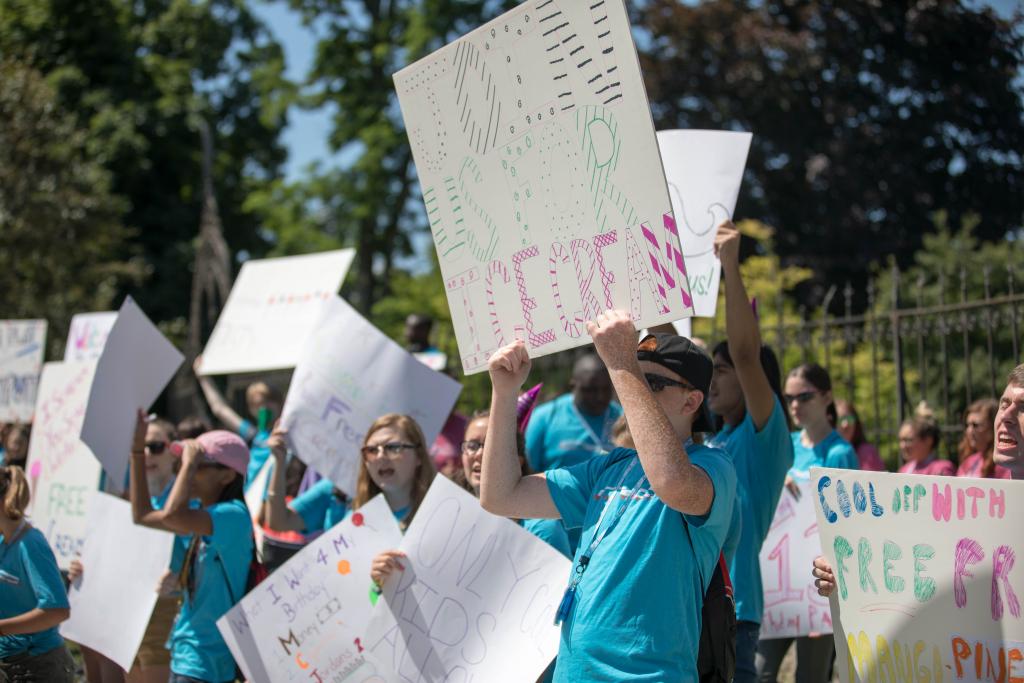New York State’s Tobacco Control Program Achieves Record-Low Smoking Rates
New York State aims for a commercial tobacco-free and vape-free society. Since 2000, the New York State Tobacco Control Program has worked to reduce tobacco-related illness, disability, and death, and to address social and economic inequities from tobacco use. Using an evidence-based, policy-driven approach focused on health equity, the program has achieved record-low smoking rates among youth and adults.
Smoking kills about 30,000 adults in New York annually. With 1.6 million adult smokers in the state, most want to quit. Tobacco use is the leading cause of preventable disease and death.

About the program
New York spends $9.7 billion annually on healthcare for smoking-related illnesses but allocates only $34.8 million to tobacco prevention, despite receiving $1.8 billion in tobacco revenues. While the state’s smoking rate has dropped faster than the national average, limited funding has left vulnerable populations—such as racial and ethnic minorities, the LGBTQIA+ community, people with mental illness and substance use disorders, and those in lower-income communities—disproportionately targeted by tobacco marketing, resulting in significant disparities in tobacco use and related health outcomes.
ACCOMPLISHMENTS ACROSS NEW YORK STATE
New York has achieved record-low smoking rates among adults (11.3%) and high school youth (2.1%) as of 2022. Despite this, youth e-cigarette use remains high (18.7%), alongside other tobacco products (3.5%). The state’s strict tobacco control measures include the Clean Indoor Air Act, over 500 local regulations, and recent laws banning flavored vape products and restricting tobacco sales near schools. Implementation of smoke-free housing rules has reduced secondhand smoke exposure in public housing, though compliance challenges persist. Efforts to improve awareness of Medicaid-covered tobacco cessation benefits and integrate quitline services aim to support smoking cessation statewide.

NY TOBACCO CONTROL
Tobacco control programs play a crucial role in the prevention of many chronic conditions such as cancer, heart disease, and respiratory illness. Comprehensive tobacco prevention and cessation programs like the one in NYS prevent kids from starting to smoke, helps adult smokers quit, and serve as a counter to the ever-present negative influence of the tobacco industry.
New York’s Comprehensive Tobacco Control Efforts
New York State has achieved significant reductions in smoking rates among adults (11.3%) and high school youth (2.1%) by 2022. Despite this success, challenges persist with high rates of youth e-cigarette use (18.7%) and other tobacco products (3.5%).
The state has implemented rigorous tobacco control measures, including the Clean Indoor Air Act, over 500 local regulations, and recent laws banning flavored vape products and restricting tobacco sales near schools. Additionally, smoke-free housing rules have been effective in lowering secondhand smoke exposure in public housing, though compliance remains an issue. Efforts are underway to enhance awareness of Medicaid-covered tobacco cessation benefits and integrate quitline services statewide to support smoking cessation initiatives.
